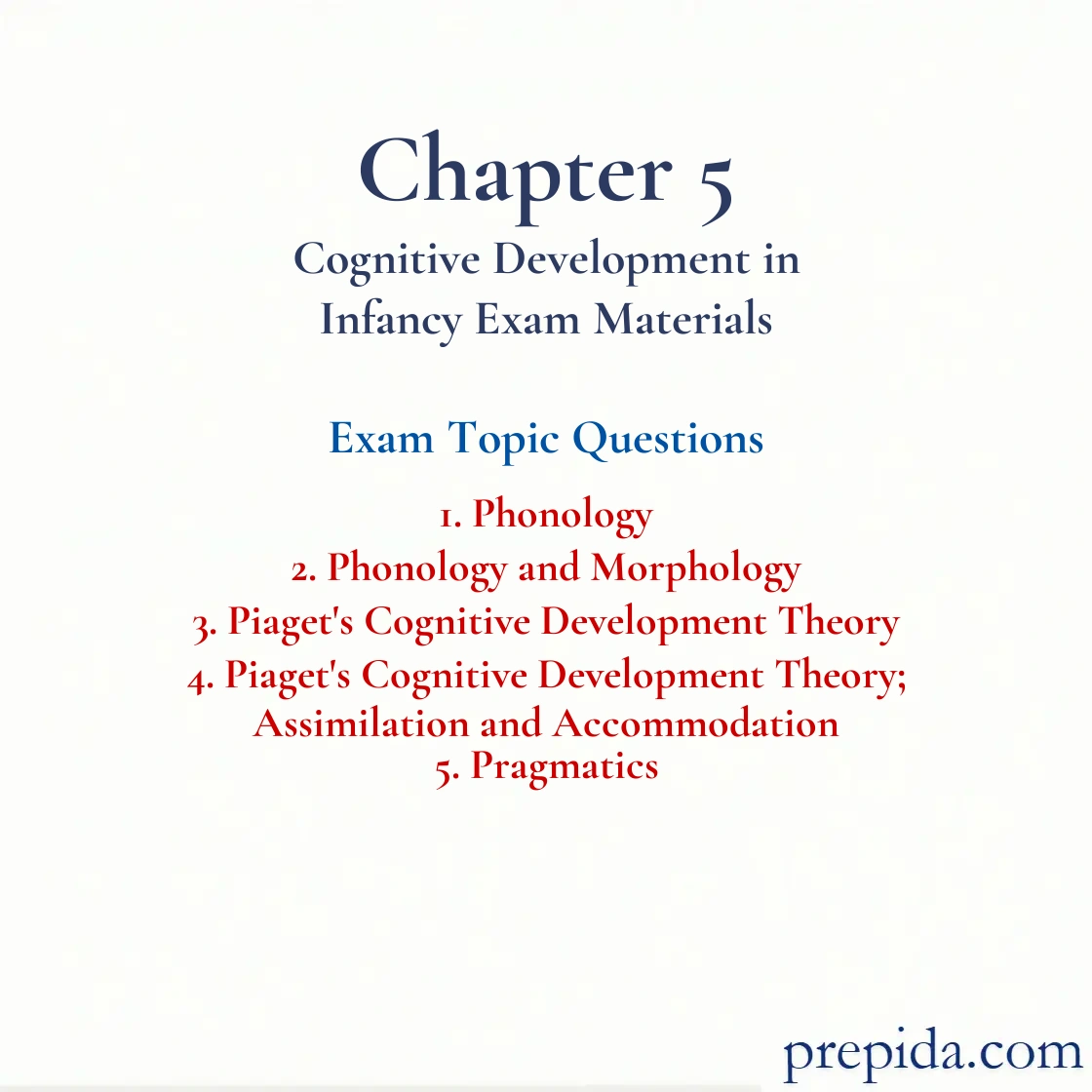
A ________ is the basic unit of sound in a language.
- morpheme
- phoneme
- grapheme
- syntax
Language: A form of communication, whether spoken, written, or signed, that is based on a system of symbols. Language consists of the words used by a community and the rules for varying and combining them.
________ have many jobs in grammar, such as marking tense and number.
- Syntax
- Phonemes
- Morphemes
- Symbols
Morphology: Units of meaning involved in word formation.
In the context of the five systems of rules involved in language, which of the following terms refers to the sound system of a language, including the sounds that are used and how they may be combined?
- pragmatics
- semantics
- phonology
- morpheme
Phonology: The sound system of the language, including the sounds that are used and how they may be combined.
An example of the basic unit of sound in the English language is the sound the letter "m" makes. This sound is called a
- morpheme.
- phoneme.
- grapheme.
- syntax.
Language: A form of communication, whether spoken, written, or signed, that is based on a system of symbols. Language consists of the words used by a community and the rules for varying and combining them.
In the context of the five systems of rules involved in language, which of the following refers to the units of meaning involved in word formation?
- infinite generativity
- phonology
- semantics
- morphology
Morphology: Units of meaning involved in word formation.
How many morphemes does the word "marker" have?
- four
- one
- two
- six
Which of the following words is an example of a word with a single morpheme?
- bathes
- calling
- racer
- tram
Research suggests that infants learn to perceive gravity and support
- at birth.
- at around six to eight months of age.
- at around one to two months of age.
- at the start of toddlerhood.
Sensorimotor Stage: The first of Piaget’s stages, which lasts from birth to about 2 years of age; infants construct an understanding of the world by coordinating sensory experiences with motoric actions.
Which of the following is a key criticism of Jean Piaget's theory of cognitive development?
- Jean Piaget failed to conduct observations in an infant's everyday environment.
- Jean Piaget failed to conduct observations in controlled settings.
- Infants are more competent than Jean Piaget thought.
- Infants are less competent than Jean Piaget reported.
Piaget’s Theory: Theory stating that children actively construct their understanding of the world and go through four stages of cognitive development.
Schemes refer to
- actions or mental representations that organize knowledge.
- the incorporation of new information into existing knowledge.
- groups of behaviors.
- knowledge that has been adjusted to fit new experiences.
Schemes: In Piaget’s theory, actions or mental representations that organize knowledge.
Jean Piaget believed that children
- actively construct their own cognitive worlds.
- passively react to their environments.
- absorb their knowledge from the environment.
- gain their view of the world from their parents.
Constructivist Approach: A learner-centered educational approach that emphasizes the importance of individuals actively constructing their knowledge and understanding with guidance from the teacher.
George, a child, sees a hammer in his father's toolbox, but he only has a vague idea about how to use it. He also sees some nails in the toolbox and learns that they can be driven into walls. George later realizes that the hammer is hard and heavy and can be used to drive the nails into walls. In the context of Jean Piaget's theory of infant development, the grouping of knowledge or thoughts by George into a higher-order system is known as
- assimilation.
- accommodation.
- equilibration.
- organization.
Organization: Piaget’s concept of grouping isolated behaviors and thoughts into a higher-order, more smoothly functioning cognitive system.
Jean Piaget's concept of grouping isolated behaviors into a higher-order system is called
- assimilation.
- equilibration.
- organization.
- amalgamation.
Organization: Piaget’s concept of grouping isolated behaviors and thoughts into a higher-order, more smoothly functioning cognitive system.
Research by Renée Baillargeon and her colleagues documents that infants as young as 3 to 4 months expect objects to be ________, in the sense that other objects cannot move through them, and ________, in the sense that objects continue to exist when they are hidden.
- subject to gravity; transient
- consistent; existential
- substantial; permanent
- opaque; substantial
Researchers such as Baillargeon have found that infants' perceptual abilities are highly developed much earlier than Jean Piaget proposed. These researchers conclude that infants see objects as bounded, unitary, solid, and separate from their background by ________ of age.
- 8 to 9 months
- 1 to 2 months
- 3 to 4 months
- 5 to 6 months
Benji has started calling his father "dad," but he also calls all the men that he sees "dad." According to Piaget, this error is due to the phenomenon of
- amalgamation.
- accommodation.
- assimilation.
- application.
Assimilation: Piagetian concept of using existing schemes to deal with new information or experiences.
Baby Elise has developed a sucking scheme. She knows that to get food, she must suck on her mother's breast. Now, her mother has begun to introduce solid foods with a spoon. Elise immediately sucks on the spoon. This is an example of
- accommodation.
- assimilation.
- amalgamation.
- application.
Assimilation: Piagetian concept of using existing schemes to deal with new information or experiences.
When one uses polite language in formal conversations and personal, informal language in intimate conversations, one is demonstrating the knowledge of ________, or the appropriate use of language in different contexts.
- pragmatics
- semantics
- syntax
- morphology
Pragmatics: The appropriate use of language in different contexts.